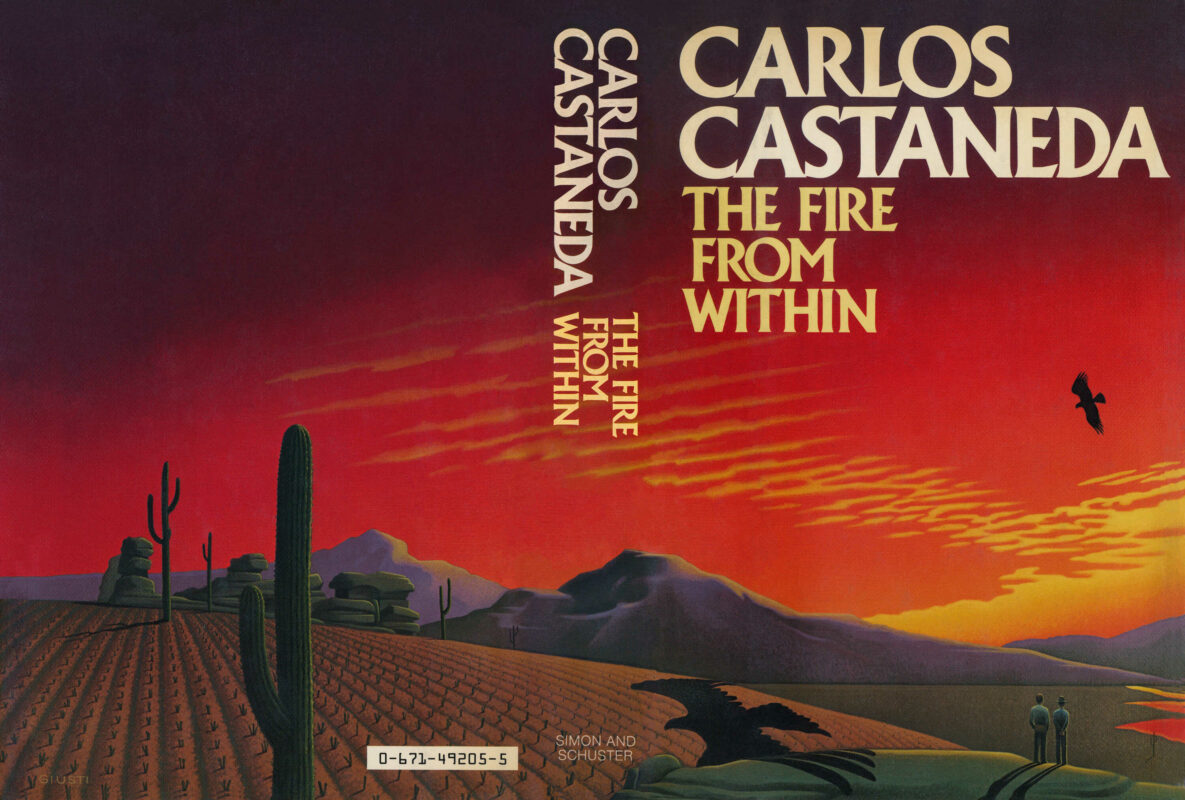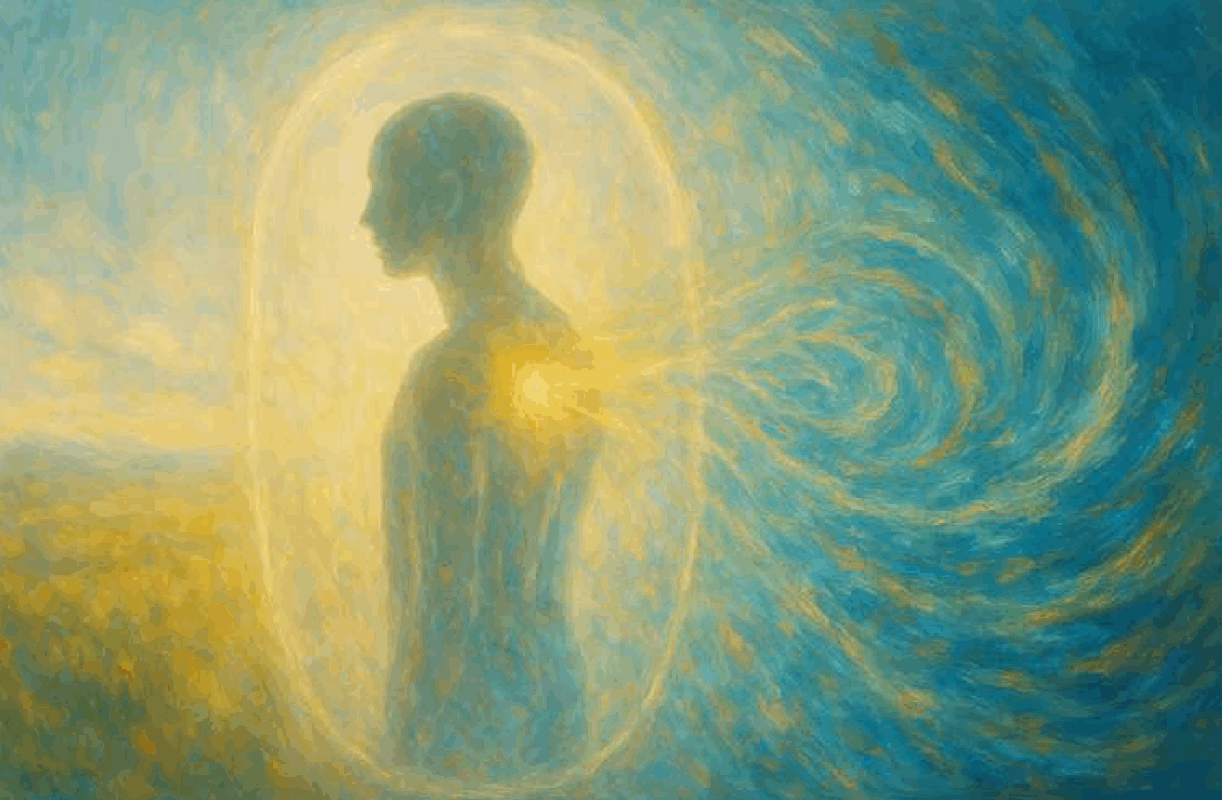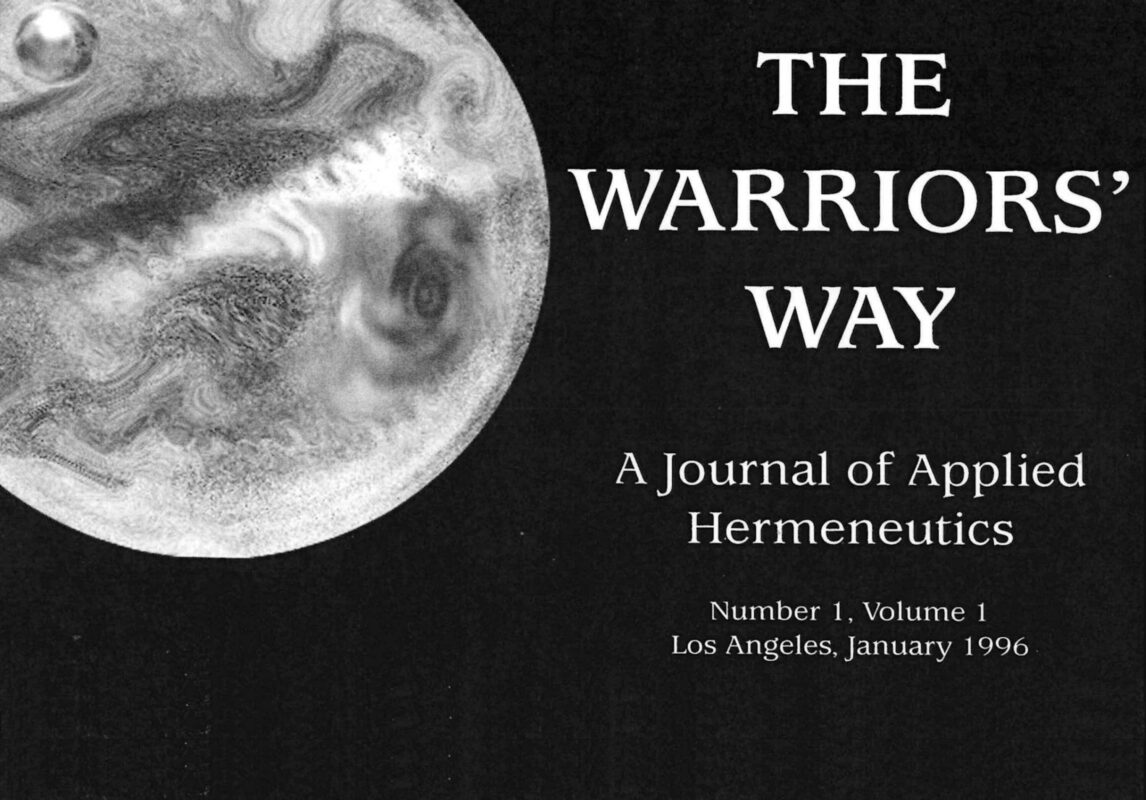The Assemblage Point – The Fire from Within
Following a startling encounter with an ally, Don Juan resumes his teachings on awareness, introducing the crucial concept of the assemblage point. He explains that this luminous point on the human energy cocoon is responsible for selecting emanations that form our perceived reality. The nagual’s blow, a push on this point, can shift awareness, a technique old seers used for control and new seers use for deeper understanding. Castaneda recounts his own experience of a dramatic shift and a vivid vision, which Don Juan clarifies as a movement of his assemblage point. The conversation delves into the differences between the “right side” (known) and “left side” (unknown) awareness, and how the assemblage point’s movement, especially through new habits or sorcery practices, unlocks access to these hidden realms. Don Juan emphasizes that true mastery lies in moving the assemblage point from within, an accomplishment that allows warriors to confront profound, even deranging, experiences while maintaining their sanity. The chapter concludes with Don Juan’s explanation of human luminosity as a “ball of jack cheese” with a “cheddar cheese” band representing the human spectrum of emanations, and the assemblage point’s role in “clustering” these emanations to create perception, even revealing a “dark side of man” through extreme shifts.



